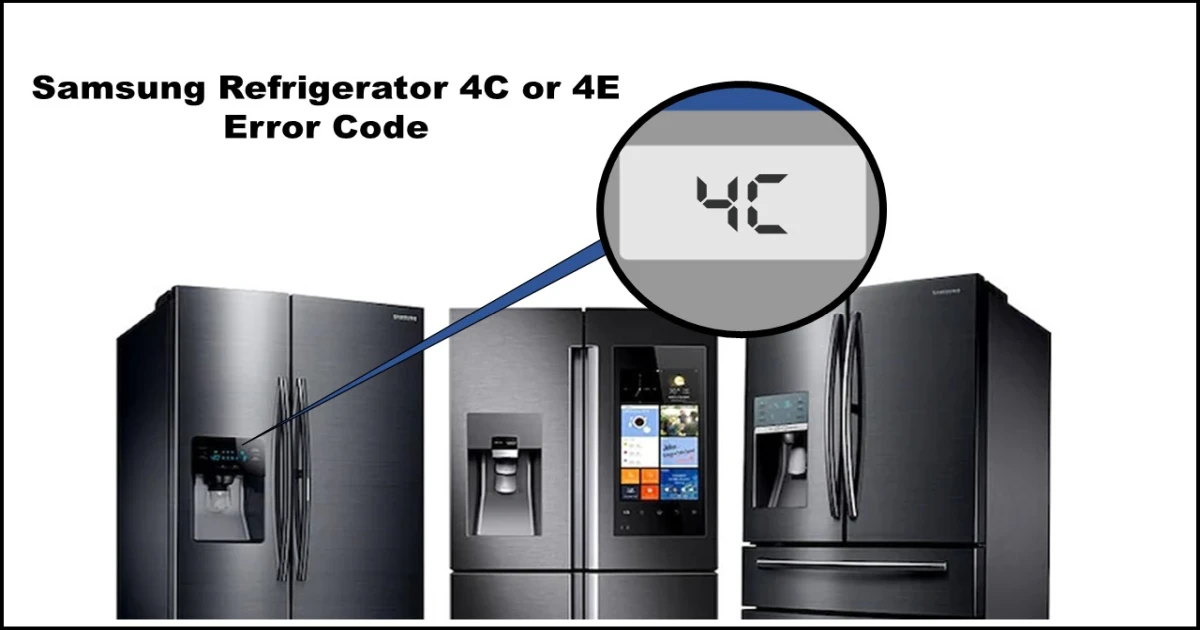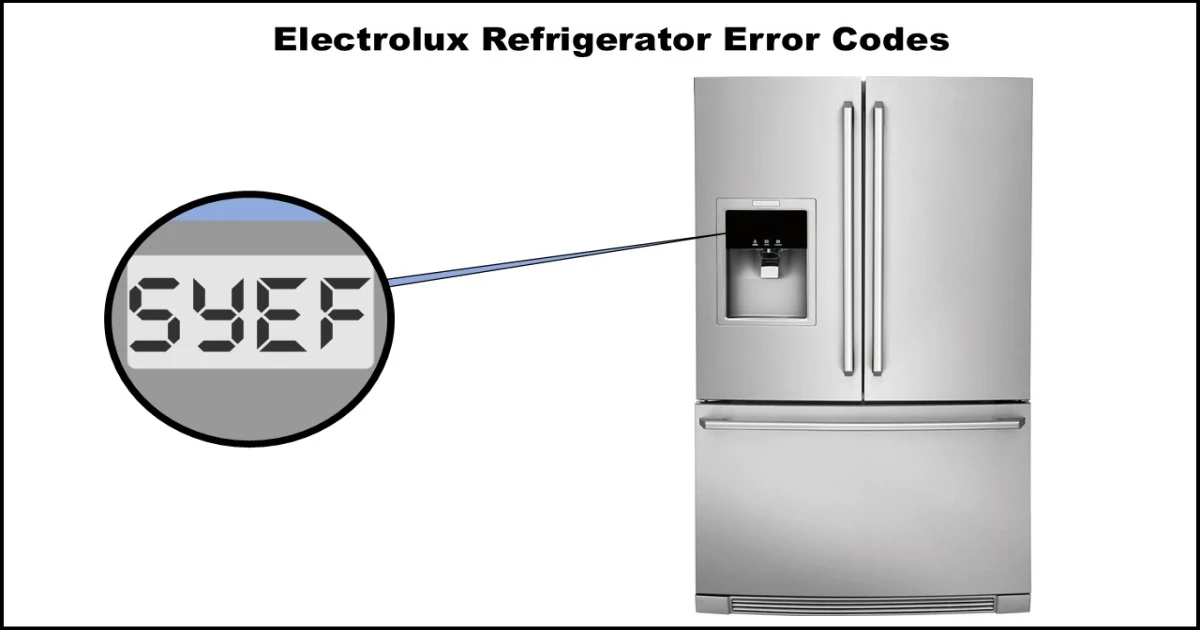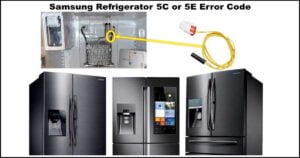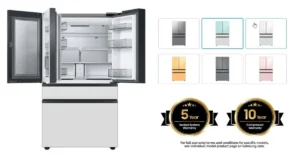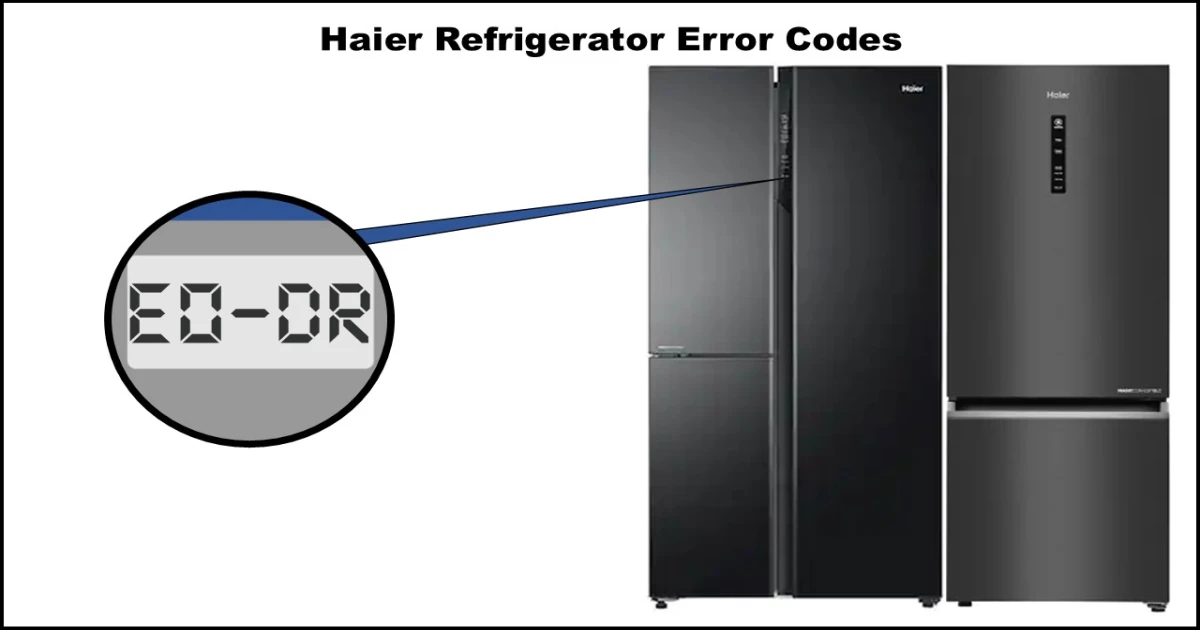Is your Samsung refrigerator leaking water from the ice maker? This is a common problem, but there are solutions you can try at home. This guide will help you identify the cause of the leak and fix it yourself.
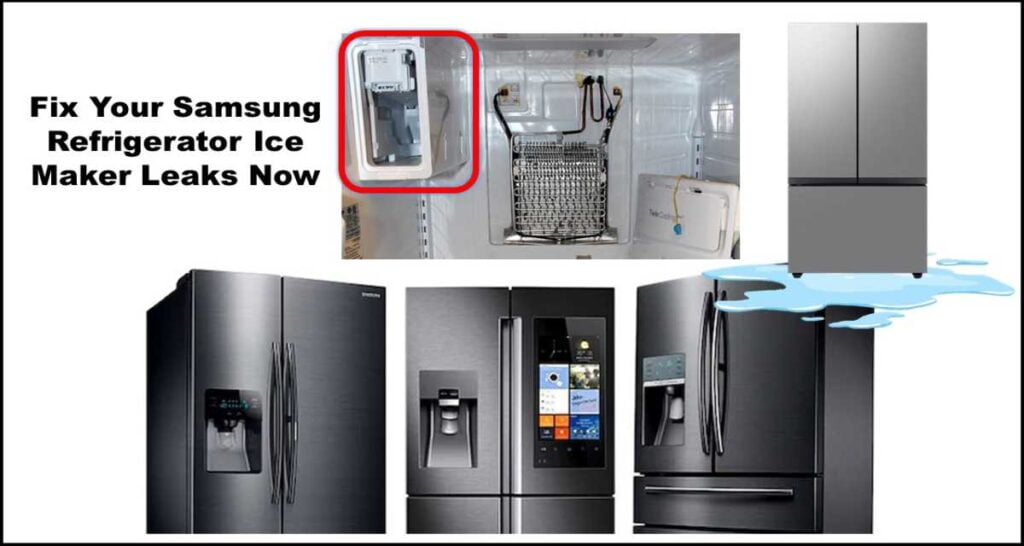
Diagnosing Samsung refrigerator ice maker leaks:
Several culprits could be behind the leak. Let’s delve into the most frequent ones:
- Seal Woes: The gasket that creates a snug seal between the ice maker and the door can weaken over time. This allows warm air to sneak in, causing ice buildup and subsequent leaks.
- Frosty Frenzy: Ice buildup within the ice maker itself can also lead to water overflowing and cascading down. This can happen due to a malfunctioning fill valve or a faulty temperature sensor.
- Gap Attack: A small gap between the ice maker and the seal can create a similar problem as a faulty seal. Warm air entering through this gap triggers ice buildup and, ultimately, leaks.
Fixing the flow:
Now that you’ve identified the potential culprit, here are some solutions you can try:
- Seal Savvy: For a compromised gasket, a clever trick is to insert a piece of backer rod (a foam sealing material) inside the gasket lip. This creates a tighter seal and keeps warm air at bay.
- Drain & Heat Duo: If ice buildup within the ice maker is the issue, consider installing a drain kit and a secondary heater. The drain kit allows excess water to drain properly, while the secondary heater prevents ice accumulation.
Pro Tip: These parts are often available online or at appliance parts stores.
- Bubble Wrap Barrier: For a gap between the seal and the ice maker, a simple solution is to insert some bubble wrap material inside the seal. This elevates the seal and closes the gap, preventing warm air from entering.
Bonus Tips for the Ice Master:
- Forced Defrost: Sometimes, a forced defrost cycle can help eliminate excess frost buildup that might be contributing to the leak. Consult your Samsung refrigerator manual for specific instructions on how to initiate a defrost cycle.
- Frosty Patterns: Inspect the frost pattern on the evaporator coils located behind the back panel in the freezer section. Uneven frost patterns could indicate a malfunctioning defrost system, which can lead to ice maker leaks.
Remember: Regular cleaning and maintenance of your Samsung refrigerator can go a long way toward preventing ice maker leaks.
By following these steps and keeping your cool, you can turn your leaky ice maker back into a reliable ice-producing machine!


